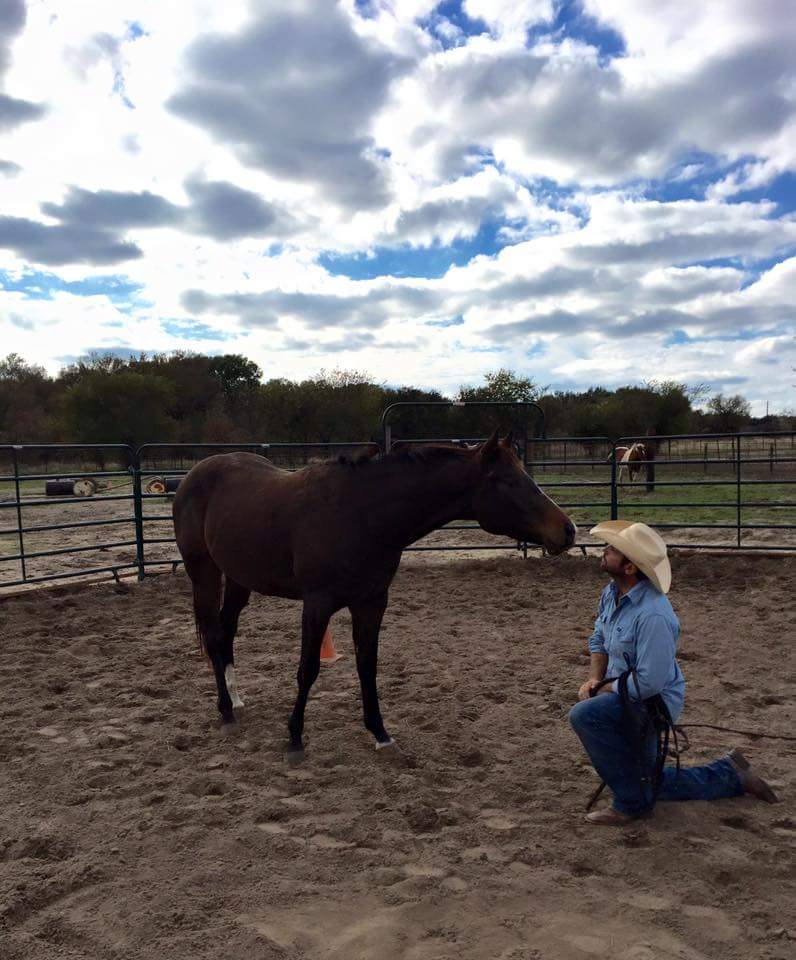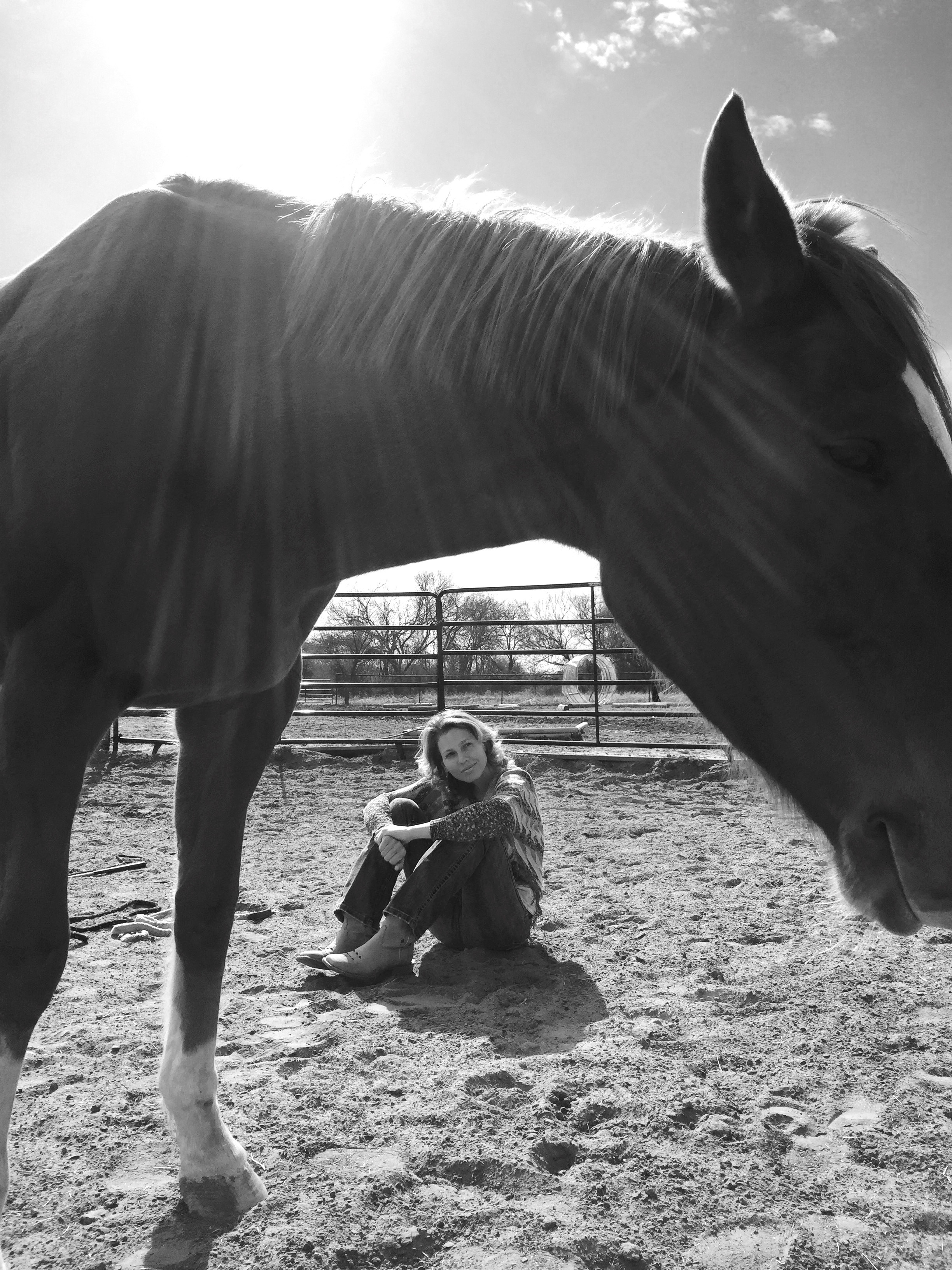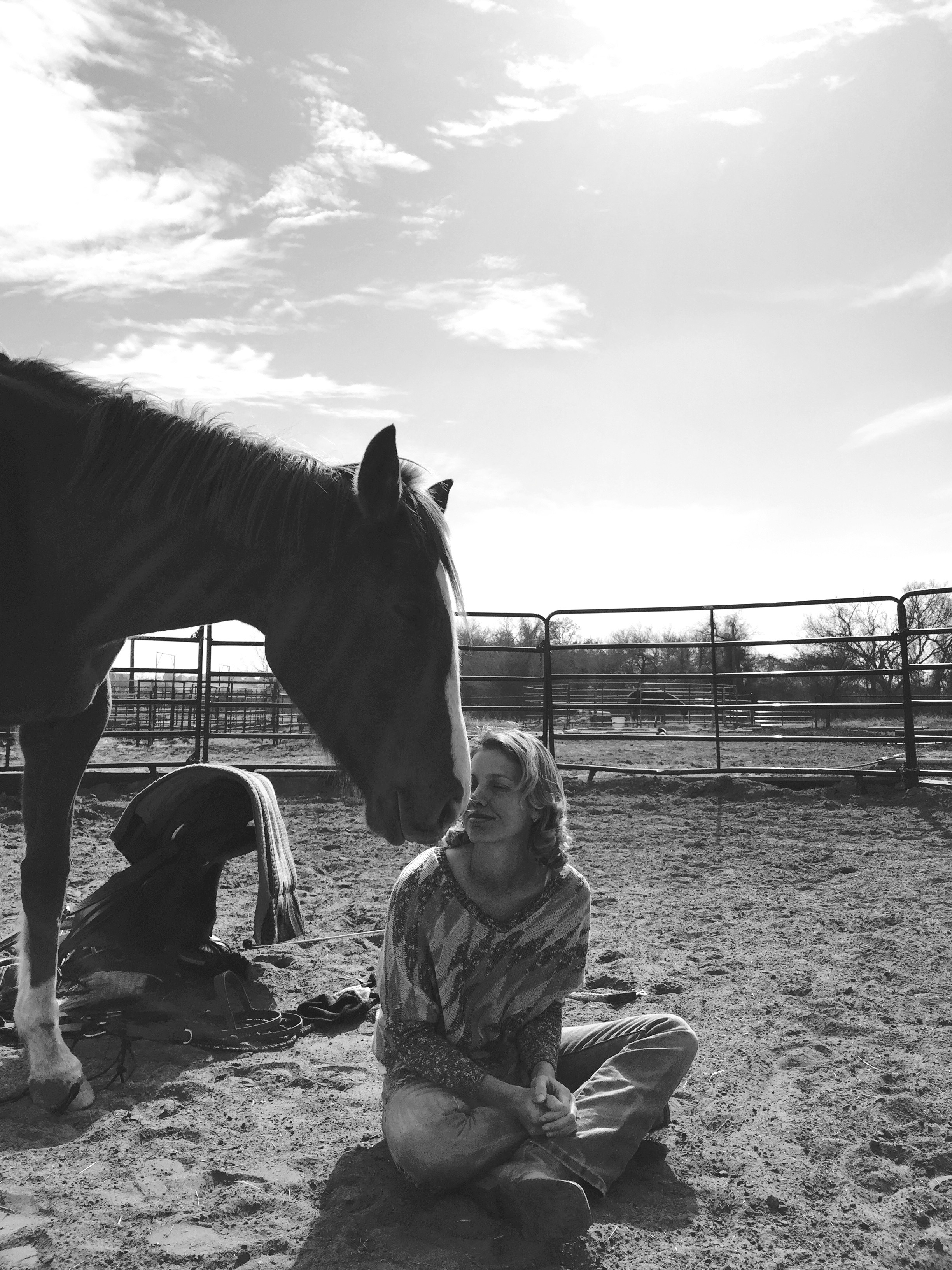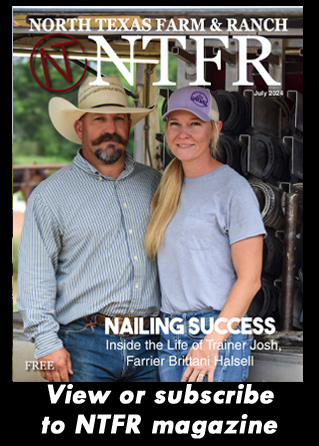Equine
Take the time- The Natural Horseman
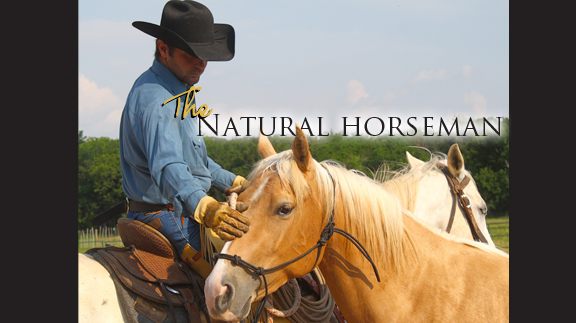
By Steve Stevens
It is amazing how the lessons horses teach us are never ending if we open our minds and souls to it.
When you train multiple horses at the same time you get different groups. Some groups are easier than others or sometimes as a group they can be more difficult. Sometimes it seems you have a group of more troubled souls—horses that at some point have had a rough start in life. Maybe haven’t been given a fair chance or were pushed too hard at a young age. This creates a lack of trust.
They can be quite like humans in this way. When bad things happen to us, it is hard to move on, to begin again. And if someone has done us wrong, we probably will go into the next situation with some hesitation.
I think it is important for us as humans to put ourselves in our horses’ hooves for a moment. We often expect horses to comprehend things just because we bought them, care for them, and love them.We don’t step outside of the human box and look at it from their side. Horses have such strong instincts for survival that sometimes we may think their reactions are ridiculous and sometimes they can frustrate us and maybe even scare us at times. But they are just doing what they need to do to feel safe or comfortable. It is never personal to them.
They eat when they are hungry, drink when they are thirsty, move when they are scared and play when they feel good.
That is the horse.
Imagine one day you were put in a 10×10 room and twice a day someone gave you water and food. And every blue moon you were taken out of that room, right to a yard where you were made to work to perfection and get whipped, hit and yelled at for every mistake and sometimes no mistake at all. That kind of sounds like prison to me. But imagine if someone took your hand gently and took you somewhere every day to exercise and play then asked you to work alongside them as partners.I don’t know about you but I would choose the latter. And I would dedicate myself to that relationship.
Spending time with this group of horses, you obviously have to do the basic training. But I think it is also important—maybe the most important thing—to just be with them. Pet them, sit with them, hang with them. Don’t ask them to do anything. Just enjoy their presence and allow them to learn to enjoy yours.
Imagine if every time you go to the neighbor’s house for dinner they ask you to fix something or to help move something. You might quit wanting to go there. It is the same for the horse.
It is a hard thing to do when you are busy with life’s hectic schedule, especially when you have horse training goals in mind. But maybe if we just hung out with our horses a little more they might want to hang out with us more.
Sometimes horses just need to learn to be with the human with no agenda.
To Just Be.
When I sit with the horses I realize that it is easy for me to do that with them as this is something I have practiced for many years. To tell you the truth, it is one of my favorite things in the world to do. Just being next to a horse makes me feel enlightened. So I can do it for hours.
But they make me think about how hard it can be to sit and take that time with my wife and children. We are always going a hundred miles an hour. But the horses remind me, when I see how just hanging out with them with no perceived notions, how comfortable they can get and how much they enjoy my company, how important and necessary it is to do that with my family. I love them more than life itself, but it is hard sometimes to just take the time and hang out.
That is the true gift of the horse—the lessons they teach us if we listen.
So as I promise to you the readers that I am going to spend more time with my family just listening and relaxing with them, I ask you to make the extra effort to just take a little more time with your horse and just hang.
Equine
A Memorial Roping
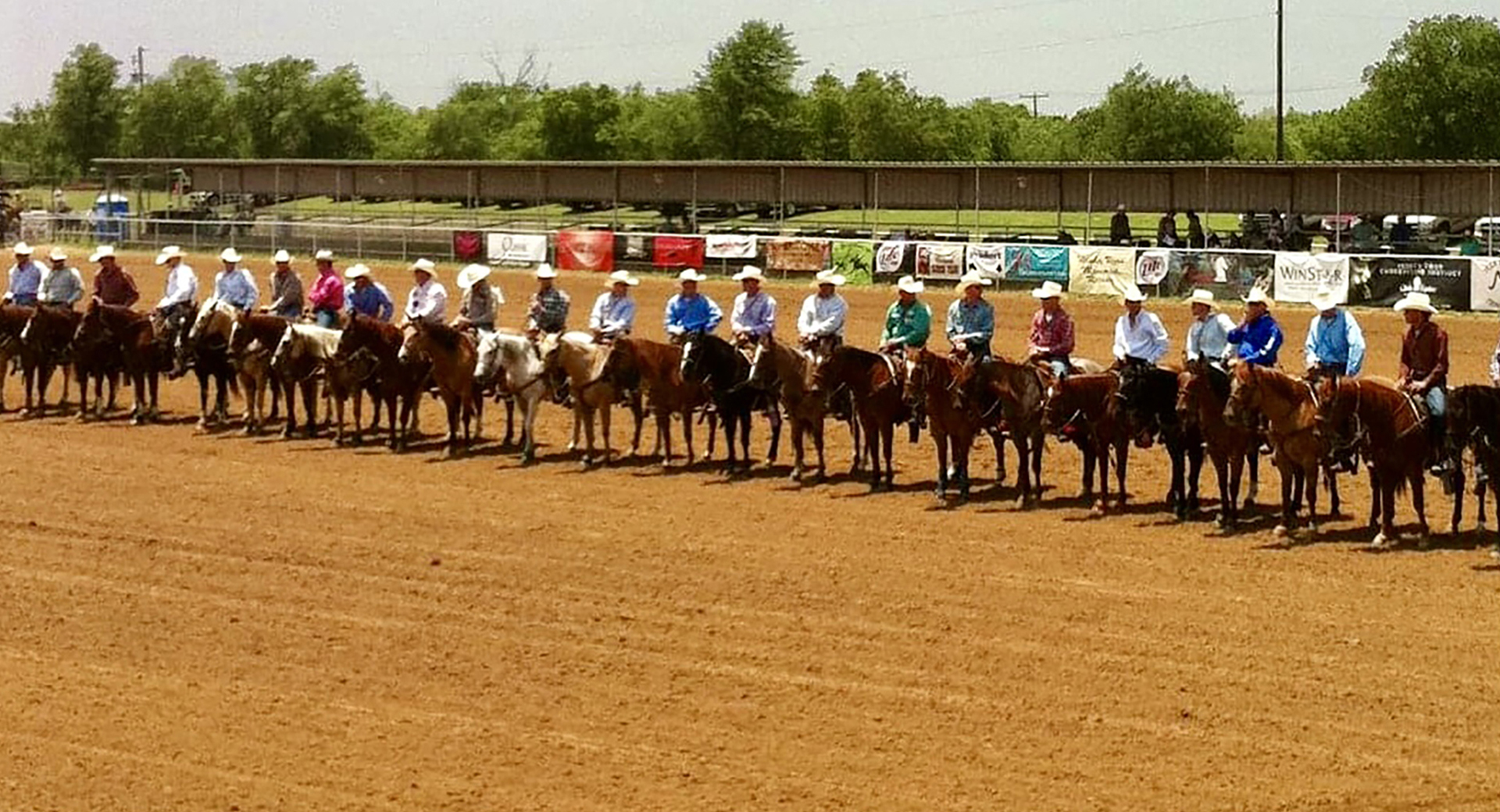
By Krista Lucas Wynn
The annual Windy Ryon roping was held on Memorial weekend, May 24-26, 2024. The bucket list event, in Saginaw, Texas, featured exciting competition in team roping, breakaway roping, tie down roping, steer roping, and team tying. Miraculously, the weather did not play much of a factor in the arena conditions, and it was a fun time had by all.
The three days of competition was the 50th year for the Windy Ryon, named after the cowboy businessman who founded Ryon’s Saddle Shop and Western Store, located in the historic Fort Worth Stockyards. The arena is conveniently just 10 minutes from the Stockyards, giving fans a full day of western activities. The weekend kicked off Friday, May 24, with an open breakaway roping, women’s team roping and open team roping.
To read more, pick up a copy of the July issue of NTFR magazine. To subscribe by mail, call 940-872-5922.
Equine
Two Texas Riders Claim Big Titles in Sooner State
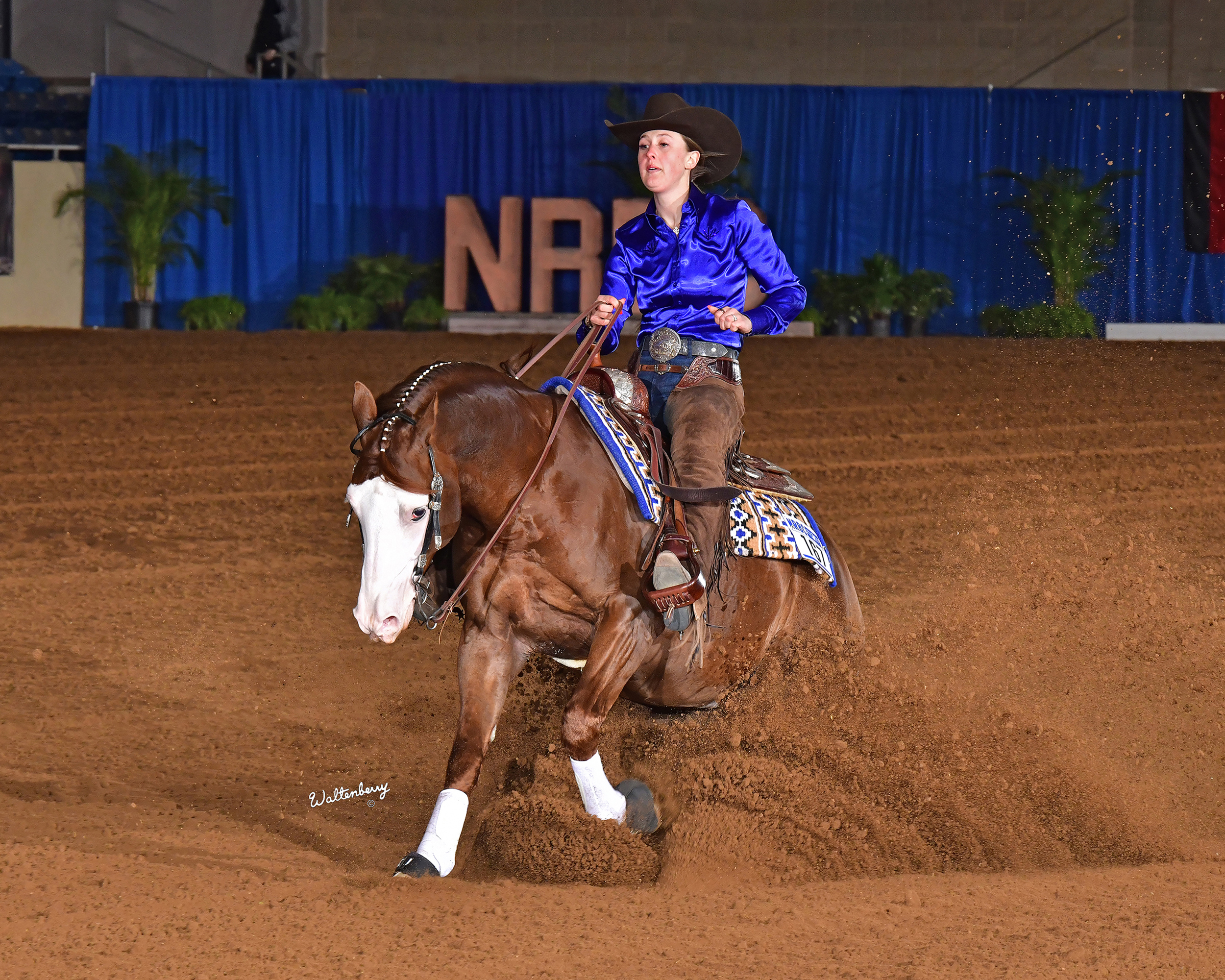
By Savannah Magoteaux
In April, reining horse enthusiasts from across the country and around the globe traveled to Tulsa, Okla., for the National Reining Breeders Classic. The event, one of the largest in the reining industry, made its move to Tulsa in 2023, after more than two decades in Katy, Texas. The move was lucrative, and the event set multiple records, prompting the NRBC Board of Directors to expand the event to 12 days.
When the spin was spun and the final slide slid, the event had awarded more than $1.7 million in prize money alone, plus countless prizes that would fill two rooms – that’s not including the two trophy trailers presented to the Open and Non Pro Champions. The NRBC will return to Tulsa April 15-26, 2025.
Weatherford’s Casey Deary Wins Open Championship on Down Right Amazing
Scores started out high in the NRBC Open Finals and continued to build through the evening, along with the anticipation of the crowd, all waiting for that big run to topple all the previous scores. That ride came to rapturous applause as Casey Deary and Down Right Amazing rode out of the arena to the sound of “The Circle of Life,” the song denoting a new high score at the NRBC.
To read more, pick up a copy of the June issue of NTFR magazine. To subscribe by mail, call 940-872-5922.
Equine
Women in Rodeo

By Krista Lucas Wynn
As female sports come under fire in 2024, the same can not be said for the sport of rodeo. The western industry is not short of talented, strong cowgirls. The Women’s Rodeo World Championship, presented by the World Champions Rodeo Alliance and the Professional Bull Riders, is the world’s richest women’s rodeo with a guaranteed payout of $750,000.
The week-long event showcases women competing in barrel racing, breakaway roping and team roping. The WRWC is the culmination of professionals and challengers alike who have qualified by a point system, held May 13-18 at Cowtown Coliseum in Fort Worth, Texas, and the championship round is at AT&T Stadium in Arlington, Texas.
Competitors are nominated at any event throughout the year to earn points leading up to the WRWC.
To read more, pick up a copy of the June issue of NTFR magazine. To subscribe by mail, call 940-872-5922.
-

 Country Lifestyles1 year ago
Country Lifestyles1 year agoScott & Stacey Schumacher: A Growth Mindset
-

 Country Lifestyles7 years ago
Country Lifestyles7 years agoStyle Your Profile – What your style cowboy hat says about you and new trends in 2017
-

 Equine10 months ago
Equine10 months agoThe Will to Win
-

 HOME7 years ago
HOME7 years agoGrazing North Texas – Wilman Lovegrass
-

 Country Lifestyles4 years ago
Country Lifestyles4 years agoAmber Crawford, Breakaway Roper
-

 Outdoor9 years ago
Outdoor9 years agoButtercup or Primrose?
-

 Country Lifestyles8 years ago
Country Lifestyles8 years agoDecember 2016 Profile, Rusty Riddle – The Riddle Way
-

 Country Lifestyles8 years ago
Country Lifestyles8 years agoJune 2016 Profile – The man behind the mic: Bob Tallman

